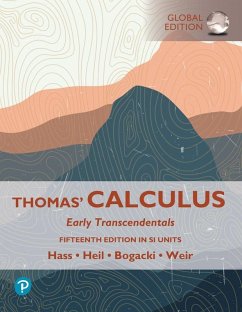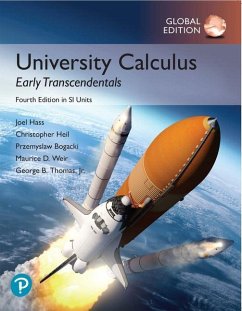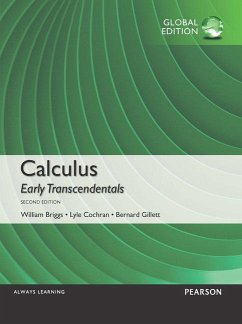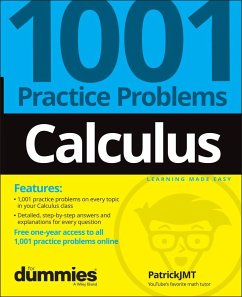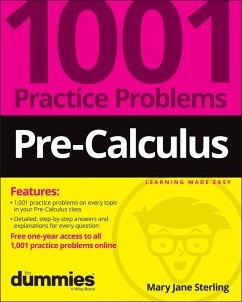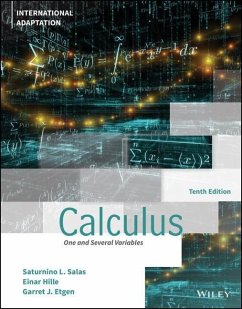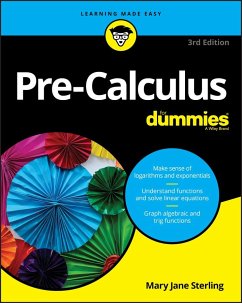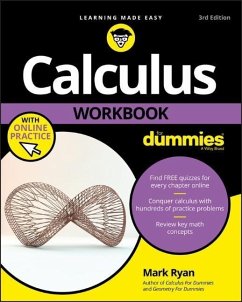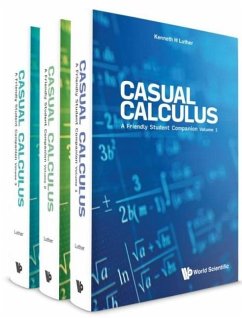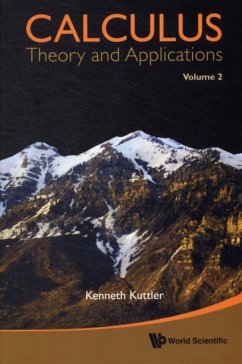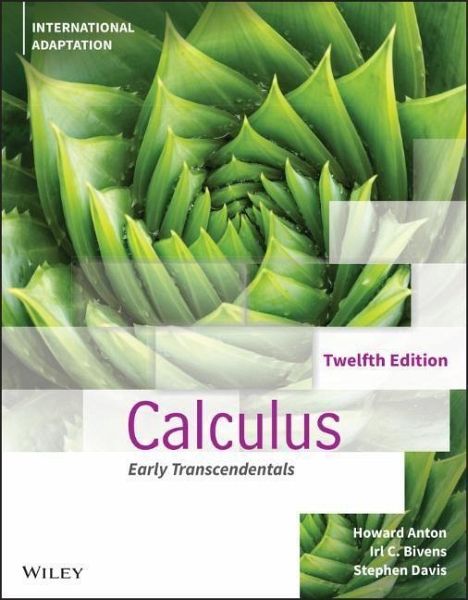
Calculus: Early Transcendentals, International Adaptation
Versandkostenfrei!
Versandfertig in 2-4 Wochen
73,99 €
inkl. MwSt.

PAYBACK Punkte
37 °P sammeln!
Calculus: Early Transcendentals, 12th Edition delivers a rigorous and intuitive exploration of calculus, introducing polynomials, rational functions, exponentials, logarithms, and trigonometric functions early in the text. Using the Rule of Four, the authors present mathematical concepts from verbal, algebraic, visual, and numerical points of view. The book includes numerous exercises, applications, and examples that help readers learn and retain the concepts discussed within. This new adapted twelfth edition maintains those aspects of the previous editions that have led to the series success,...
Calculus: Early Transcendentals, 12th Edition delivers a rigorous and intuitive exploration of calculus, introducing polynomials, rational functions, exponentials, logarithms, and trigonometric functions early in the text. Using the Rule of Four, the authors present mathematical concepts from verbal, algebraic, visual, and numerical points of view. The book includes numerous exercises, applications, and examples that help readers learn and retain the concepts discussed within. This new adapted twelfth edition maintains those aspects of the previous editions that have led to the series success, at the same provides freshness to the new edition that would attract new users.



